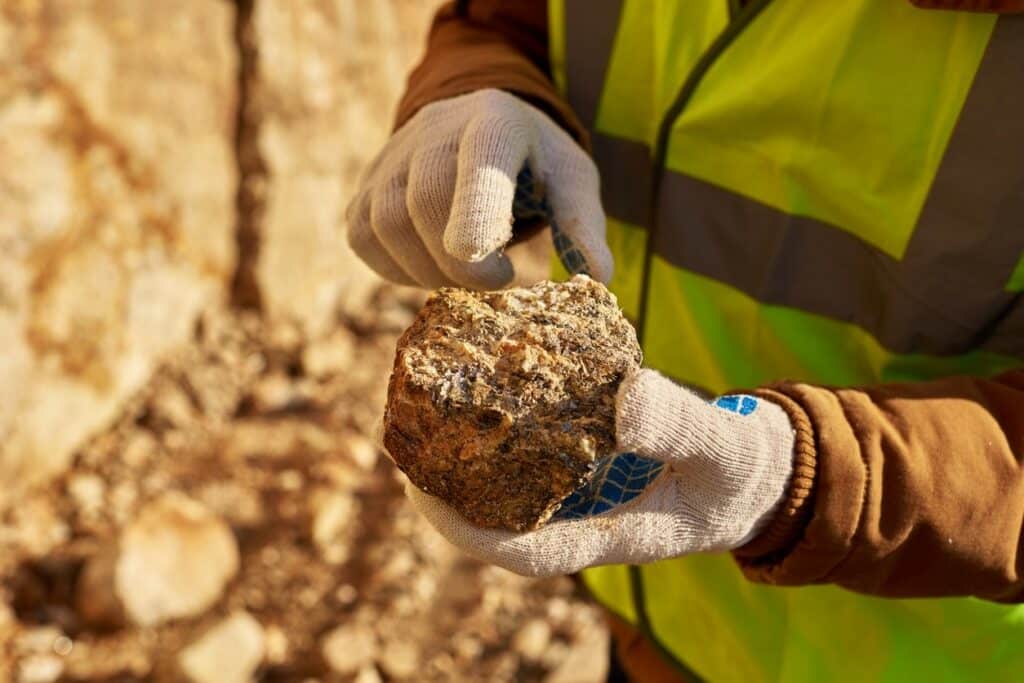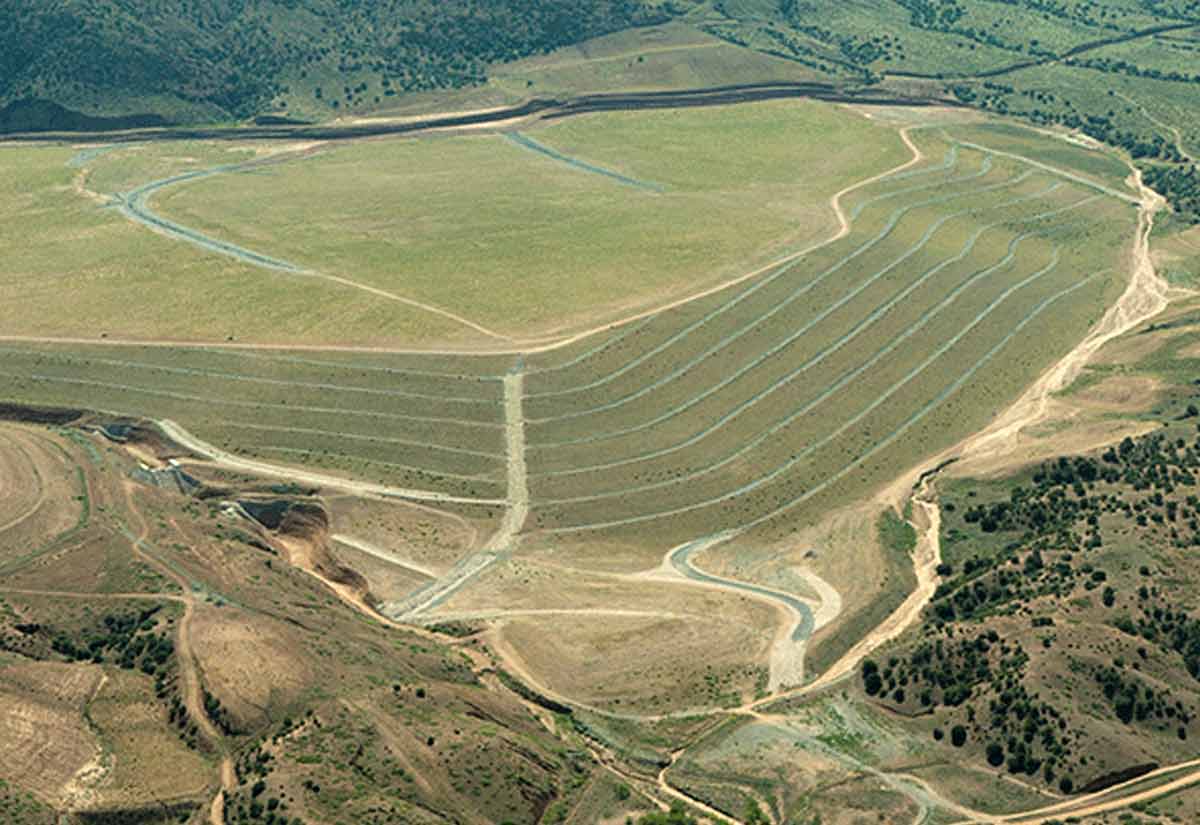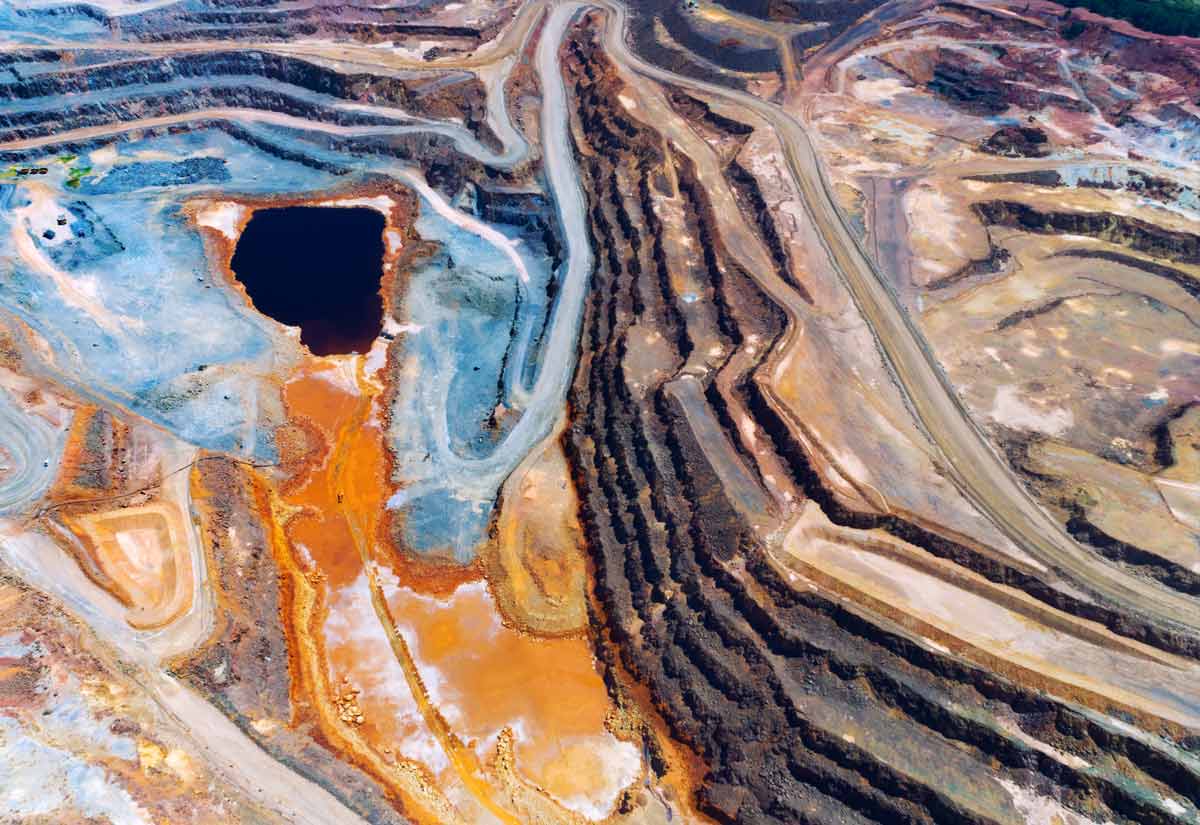We’ve previously discussed various ways in which technological innovation is reaching across all sectors of industry. Buckminster Fuller once said, “You never change things by fighting the existing reality. To change something, build a new model that makes the existing model obsolete.”
Companies are tasked to meet the challenges of the fast-paced developments in their respective industries while maintaining efficiency and lowering costs.
Without exception, mining companies are having to embrace a new model for precious metals exploration that will push the existing model into, well, non-existence—for those companies that want sustainability.
How XRF Technology Made Traditional Detection Methods Obsolete
One of the latest technological advancements to disrupt the existing model for precious metals mining and exploration is X-ray fluorescence (XRF) technology.
XRF is a technique employed to analyze the elemental composition of materials in the ground. In short, the sample is exposed to radiation from the XRF handheld device, a secondary fluorescent x-ray is emitted from the sample due to the reaction at the atomic level.
In other words, once the sample is excited by the XRF device, the secondary x-ray emission will produce a “fingerprint” according to characteristics unique for that specific element.
The XRF device doesn’t just identify deposits of gold, silver, copper or other precious metals, it detects the elements most associated with the precious metal. For gold, most commonly, the element is arsenic. So, you look for the geochemical pathfinder or fingerprint of arsenic to lead you to gold deposits. This process takes only a few seconds.
Olympus Scientific-International Mining Group’s Principal Geologist, Aaron Baensch, noted to AZO Mining,
“(…)geochemical signatures are quite often present at a scale much larger than that of the gold deposit itself.”
In other words, the pathfinder is the proverbial rainbow that leads to the gold deposits.
Newest XRF Technology Saves Time and Money
Portable units had been around for about a decade when the first fully-handheld XRF detector, the Niton XL-309, hit the market in 1994.
Since that time, advancements continue to be made in leaps and thanks to cloud-based affordability and improved connectivity—pricing for even the newest unit is relatively cheap. Strides have also been made where durability is concerned. Most units today are built to withstand drops from some pretty impressive heights.
Anyone who has used XRF knows that you can generate a lot of data very quickly; delivering that data in real-time is of utmost importance.
You see, the newest models of handhelds not only have loads of onboard storage, but they link to external storage via Bluetooth or upload data to the cloud via 3G/4G. The ability to instantly validate the quality of samples better enables timely decision-making—saving time and money.
Here are a few more of the innovative features you can expect from today’s XRF handhelds:
- CCD Camera for recording samples
- GPS-XRF integration of data
- In-situ metal measurements
- Non-destructive testing
- Results in seconds
- High-resolution displays
- 3D modeling
- Software that includes business dashboarding solutions and advanced reporting capabilities
- Mini multi-channel analyzers with real-time communication via Bluetooth
- Rugged military-inspired design that creates resistance to shock, moisture, humidity, dust, extreme temperature, and changes in altitude
Nerd Alert! How Does XRF Technology Work?
The XRF process is proven technology for analyzation of a material’s composition quality and quantity by working at the sample’s atomic level. Here is how it works.
- The sample is exposed to high-energy X-rays from the handheld device.
- The X-ray strikes the atom with enough energy to separate an electron from the binding energy of the atom’s shell.
- After losing an electron, the atom finally stabilizes by filling the void in the inner orbital shell with a high-energy electron.
- A fluorescent X-ray is released when the electron drops to the lower energy state. The X-ray’s energy is equal to the specific difference in energy between the electron’s two quantum states. The XRF analysis is based on measuring energy peaks that identify the element in a matter of seconds.
In the previous archaic methods, samples were taken across a vast area of land. The time-consuming preparation of samples, shipment to the lab, and long turnaround times from complex analysis left geologists waiting weeks or even months to receive information.
However, portable XRF technology links with GPS in real-time to obtain data with pinpoint accuracy. The device’s ability to quickly map anomalous levels of key pathfinder elements, pre-scan, and prioritize samples in the land area, makes for a much more desirable and efficient method to identify future mining sites.
Expanded Use of XRF in Mining Remediation
As the utility around XRF technology continued to expand, it was discovered that it could be effectively applied to monitor land contamination and remediation sites. XRF technology allows for a quick analysis of environmental sites over long periods of time and provides an expected outlook for determining recovery and sustainability efforts.
Learn why you should submit your resume directly to Resource Erectors. If you’re interested in a career using XRF technology like mining, mineral processing, or other vertical industries, connect with us today, we’d love to hear from you.











